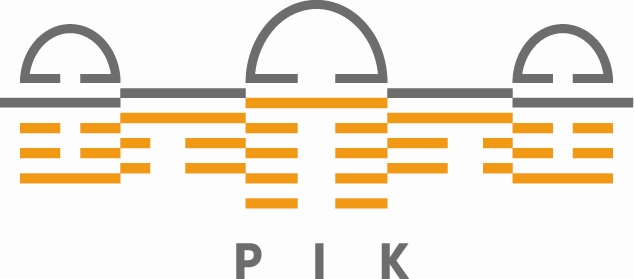GLOWA-Elbe
Impacts of Global Change on the Water Cycle in the Elbe Region - Risks and Options

GLOWA-ElbeImpacts of Global Change on the Water Cycle in the Elbe Region - Risks and Options |
|

|
|
|
Research questionIntegrative Methodological Approach GLOWA-Elbe (IMA)
The aims of GLOWA Elbe II will be realised in four research phases (A – D) using the Integrative Methodological Approach (IMA). Each phase has a time limit, so that results can be shared between the different projects and work packages in a pre-defined time framework.
Integration in diferent research phases Application of IMA in the project's organisation can be described as follows: subproject I and subproject V together ensure that the production and analysis of the individual results and the progress of the project as a whole take place in a consistent way. Subproject II guarantees the spatial-temporal consistency of all working steps with regard to modelling the impacts of Global Change and forms the basis for research phases C and D. The two "areas of conflict", surface water availability and surface water quality, lie between these parts of the project; there are many possibilities for these two areas to interact thanks to the slimmer, simpler conception (compared to the first phase of the project). The milestones for the project as a whole relate explicitly to phases A to D. For each of the subprojects of GLOWA-Elbe there are milestones denoted by three figures: a Roman numeral (I – V) denotes the subproject, a letter denotes the research phase and an Arabic numeral is the number of the milestone in relation to the subproject and research phase. So, for instance, milestone III-C2 stands for the second milestone in research phase C for subproject III. Descriptions of the milestones and how they are linked to other milestones can be found through clicking on the tables. By organising the milestones in relation to the research phases we ensure that the timeframe for delivering partial results from work packages as input for other work packages and the integration of results remain transparent and easily accessible to all project scientists.
|
|
|
|
19.01.2010
© Legal Notes / Imprint graefe@pik-potsdam / hauf@pik-potsdam.de |
Coordination  |
|